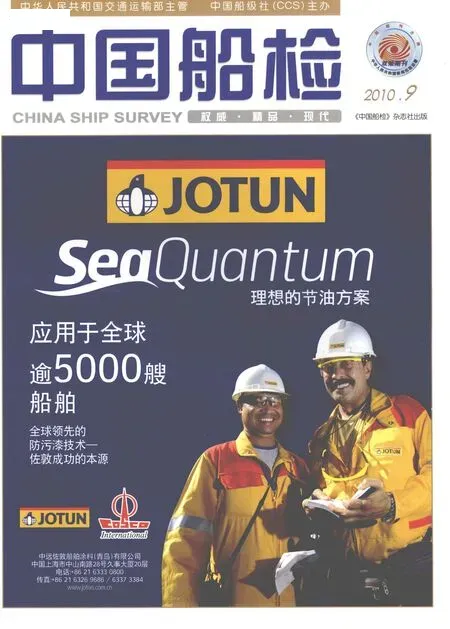FIERCE COMPETITION IN ICE VESSELS
By Hu Linlin
As one of the leading shipbuilding countries in the world,South Korea is taking the lead in the design and construction of ice ships,and frequently receives orders. Samsung Heavy Industries Co. is the company in the world most famous for the construction of ice vessels. From April,2008 to April,2009,66 ice vessels have been delivered,including 24 container ships,17 Aframax tankers,20 Suezmaxs and 3 shuttle tankers. At present,Samsung Heavy has taken ice vessel as the significant trend for its new technical R&D,and is focusing its efforts on the development of arctic drilling ships,ice breaking LNG carriers and ice breaking container ships. The company has also brought FPSO onboard ice breakers and developed the new concept ship of icebreaking FPSO.
STX group in South Korea also pronounced this year that it will develop large ice class container ships and polar icebreaking shuttle LNG. The latter is designed especially for the Russian Yamal LNG project. It is able to break ice of 1.5 meters and adopts Double Acting System (DAS) and it can navigate both ways. Meanwhile,with the emergence of Polar route,the STX group will develop large ice class container ships.
South Korea’s Dawoo Shipbuilding and Marine Engineering Company has also developed its “F1” strategy,which takes ice ships like ice breaking tankers and arctic drilling ships as the focus for high-tech products development.
Japan,another shipbuilding power,has invested 38,000m JPY to build Japan’s 4th generation of polar research vessel M/V “White Sloth”,which is preceded by M/V “Soya-Kaikyo”,M/V ”FinePix” and the old M/V “White Sloth”.
Although western countries have given up manufacture of ordinary ships,they are still continuing to strengthen their research competence in ice vessels and expanding the size of ice vessel fleet. For instance,the USA plans to update the ice breaking vessels M/V “Polarstern” and M/V“Polarsea” which are currently in service before 2015,and to build two ice breaking vessels so that the number of ice breaking vessels in service will be 6.
Europe not only puts emphasis on construction of ice vessels,but also on the auxiliary equipment and the development of related standards. For example,EU is investing EUR650m in the design and construction of the new generation of heavy ice breaker “Aurora Borealis”that combines scienti fi c drilling with multi-function research platform. Sweden–based Alfa Laval Group has developed the ballast water treatment equipment PureBallast2500 that is suited to polar drilling vessels. DNV developed the ice load surveillance system. It can provide ship operators with updated information of ice load’s in fl uence on ship hulls and can transform the satellite information of the ice layer into the electronic navigation map. In addition,DNV,together with the 15 organizations from 8 countries,has initiated the development of the standards for the best practice of offshore engineering installations in the North Pole.
By 2015,Russia will have built 5 nuclear-powered icebreakers,in addition to the 20 ice-breakers it now currently has. Besides,Hellis Khristenko,the Minister of Russian Ministry of Industry and Energy,said that in the next 20 years,Russia will build 1000 ships of various types in order to further explore the oil and natural gas reserve in its North Pole waters.
Vietnam,as the rising star in the shipbuilding industry,has also set its foot in this area,and has received orders of 6 support container ships of ice class.

